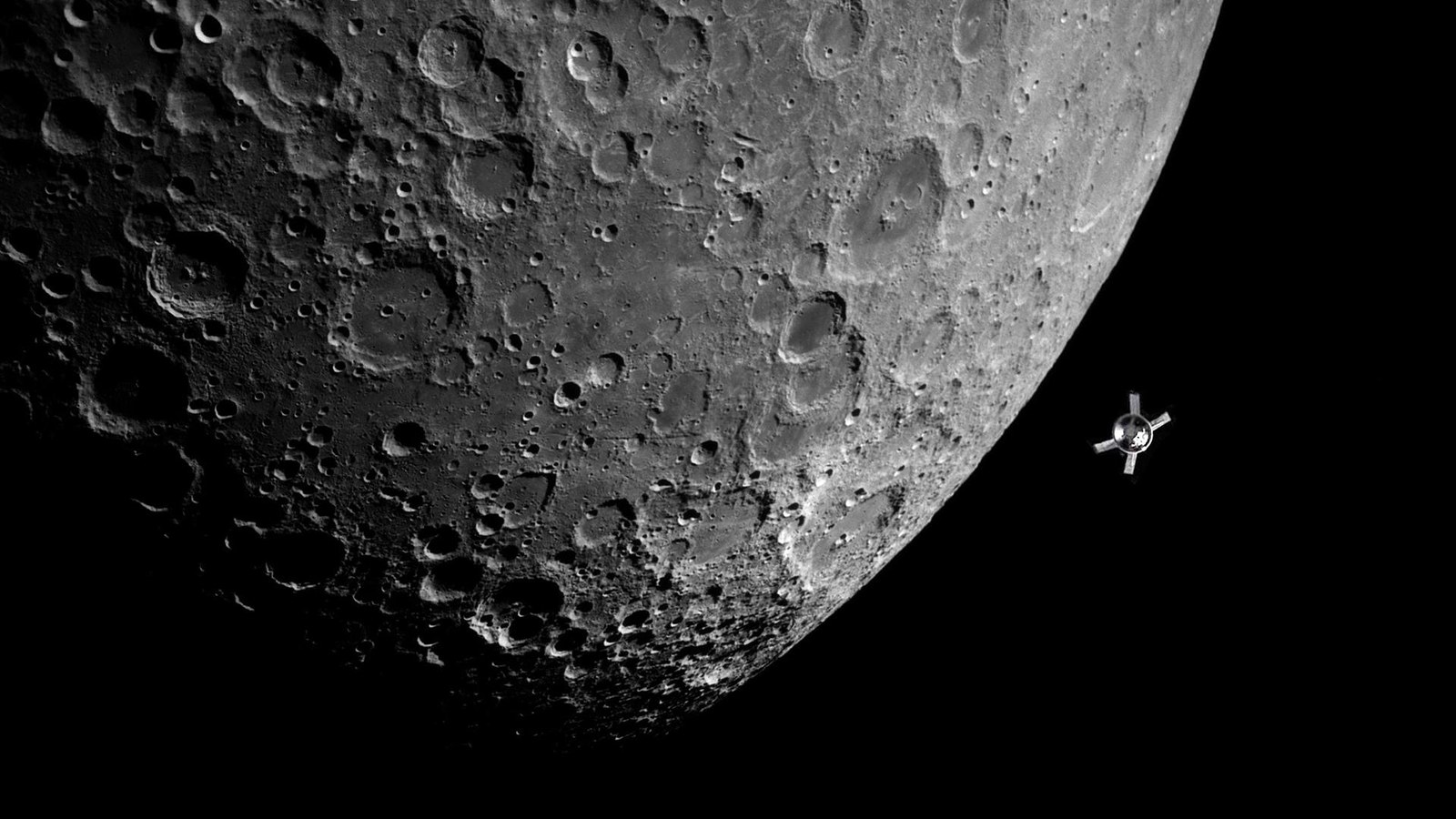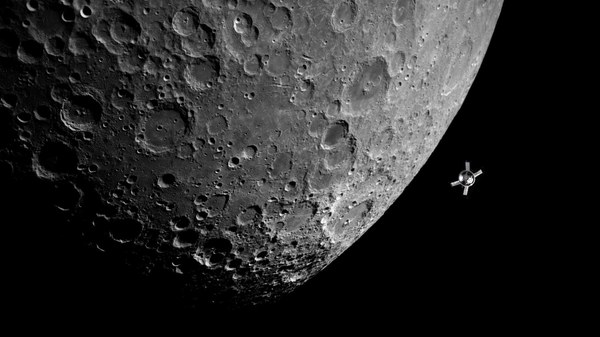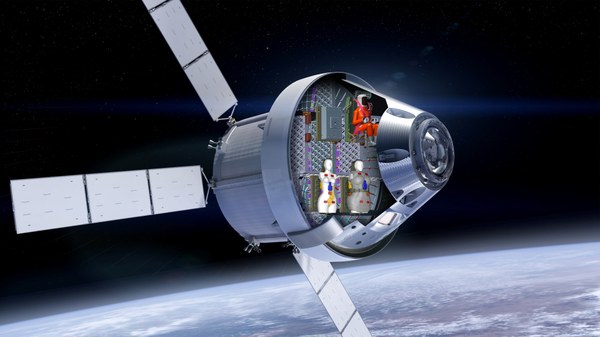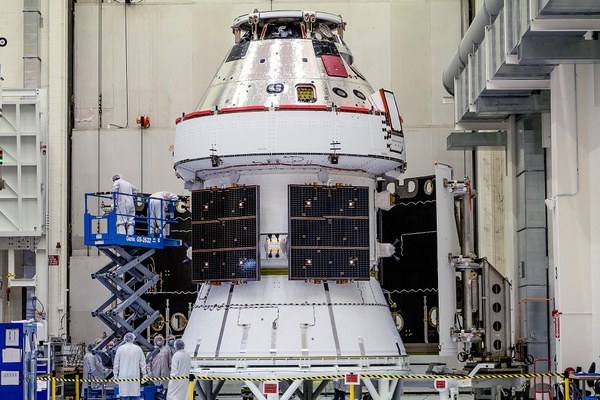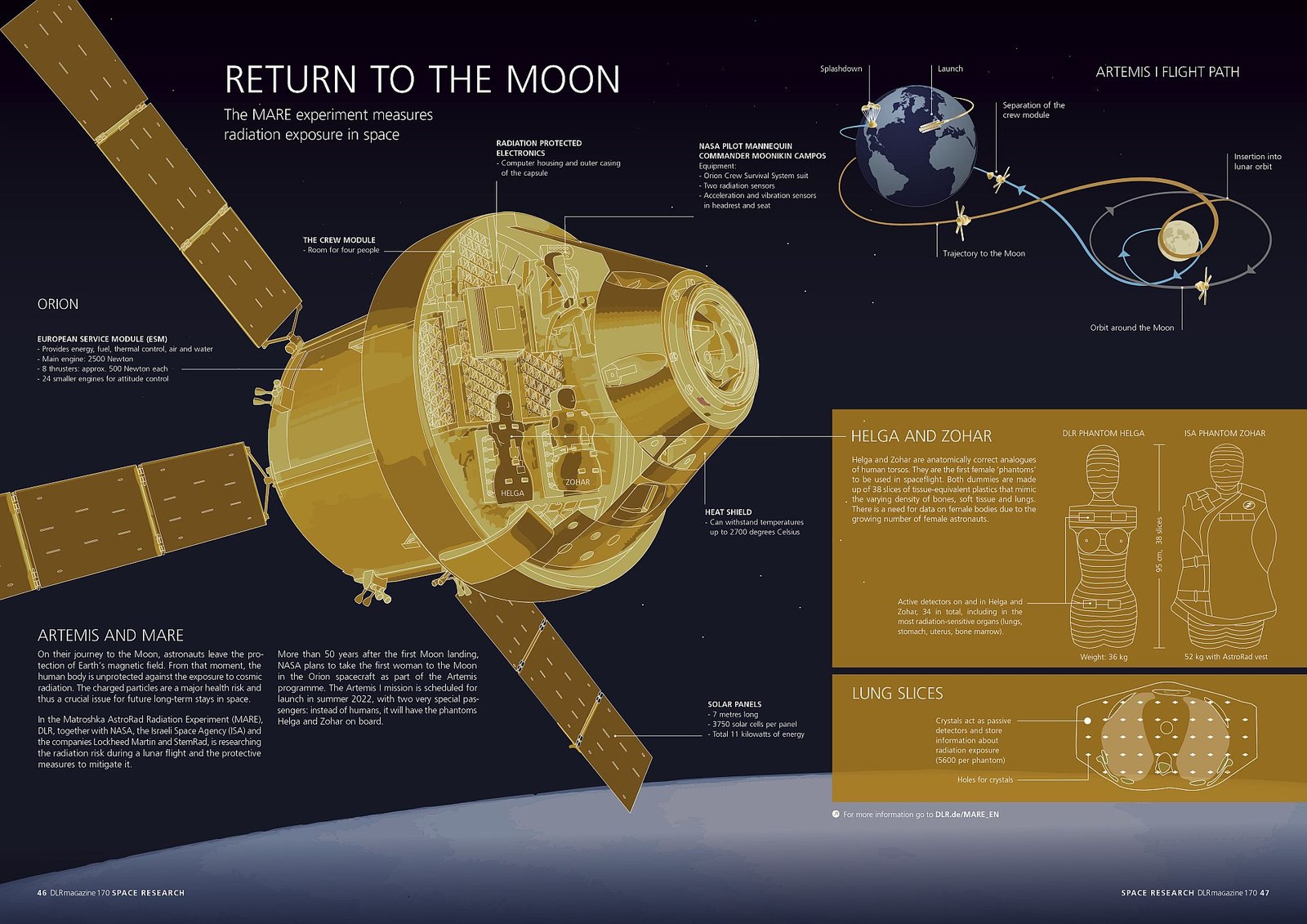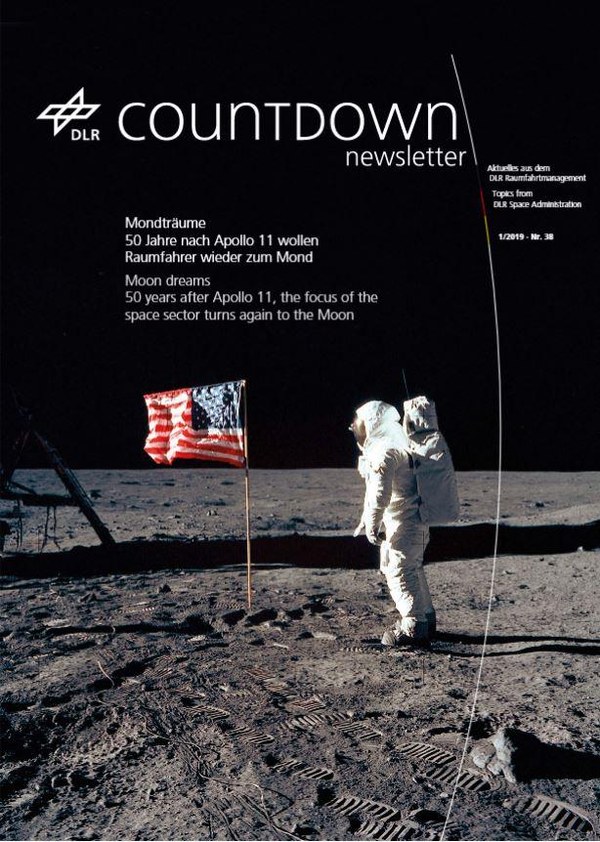Return to the Moon with Artemis I
It has been almost 50 years since astronauts last set foot on the Moon (Apollo 17, December 1972). That is set to change before the end of this decade with NASA's Artemis programme planning to once again land humans on Earth's natural satellite.

